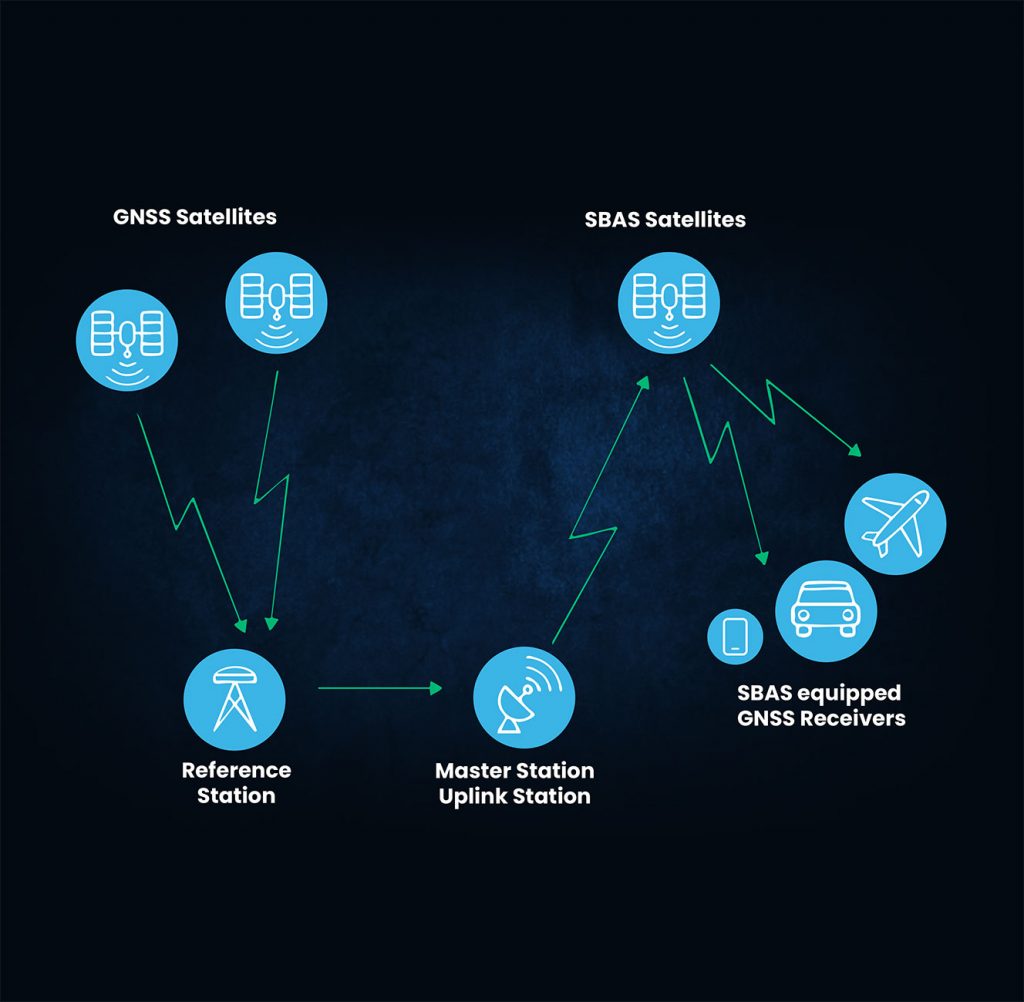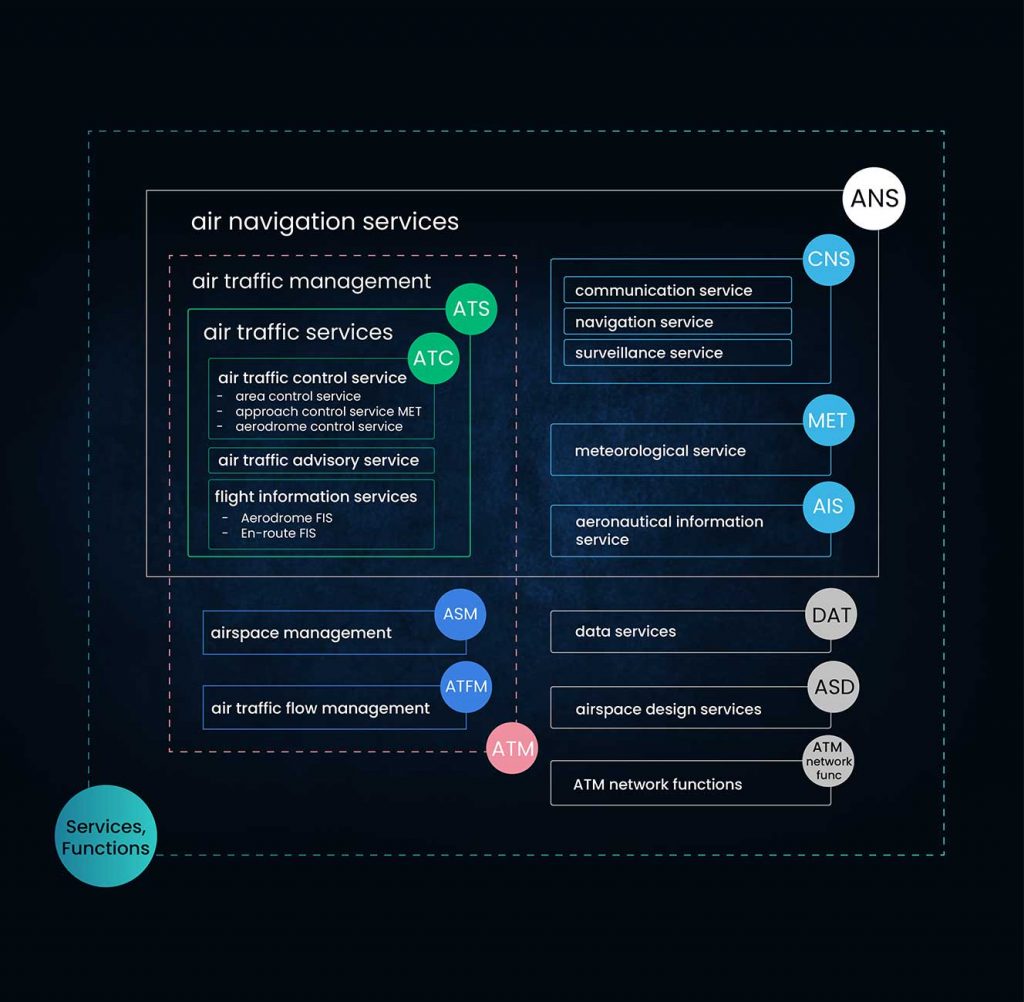Our Blog
Maximizing Business Jet Flight Planning and Scheduling
21 October 2024
| By Just Aviation TeamFlight planning is a crucial aspect of business jet operations that plays a significant role in aircraft utilization optimization, fleet planning and scheduling efficiency, cost saving, and revenue generation, as well as customer satisfaction and safety. By implementing best practices for aircraft utilization optimization, operators can leverage the expertise and technology to achieve a delicate balance between operational efficiency, meeting customer expectations, and ensuring safety remains a top priority.
Flight Planning for Efficient Business Operations
Flight planning forms the foundation for efficient operations, encompassing the optimization of aircraft utilization, cost savings, and revenue generation. A well-executed flight plan considers various factors such as route selection, altitudes, speeds, and fuel calculations. It aims to minimize costs, optimize flight times, enhance fleet planning and scheduling efficiency, and ensure customer satisfaction.
Business jet operators utilize sophisticated flight planning software that leverage advanced algorithms and real-time data to optimize flight plans. These software solutions integrate weather forecasts, performance data, and regulatory guidelines, allowing operators to generate accurate and efficient flight plans.
In addition, compliance with regulations and documentation such as the International Civil Aviation Organization’s (ICAO) Doc 7030, the Air Traffic Control (ATC) regulations, and the Federal Aviation Administration’s (FAA) Air Traffic Control System Command Center enables operators to navigate through restricted airspace and adhere to airspace management protocols. By following these regulations and utilizing the relevant documentation, operators ensure safe and efficient flight planning.
Optimizing Flight Plans for Increased Efficiency
The optimization of flight plans is a critical step in achieving aircraft utilization optimization and cost savings for business jet operators. By leveraging advanced mathematical models and optimization algorithms, operators can determine the most efficient routes, altitudes, speeds, and fuel loads.
Sophisticated flight planning software provides operators with tools to optimize flight plans. These software solutions take into account various parameters, including aircraft performance data, weather conditions, and regulatory constraints, to calculate the most cost-effective and time-efficient routes. They allow operators to consider different scenarios, compare fuel consumption, flight times, and costs, and make informed decisions based on the results.
To ensure compliance with regulations and maximize cost savings, operators also utilize performance-based navigation (PBN) procedures, such as Required Navigation Performance (RNP) and Area Navigation (RNAV). These procedures leverage satellite-based navigation systems and advanced avionics to enable more precise route planning, reducing fuel consumption and improving overall flight efficiency.
Optimizing Routes for Efficient Flight Planning
Route optimization is a key component of flight planning for business jet operators, enabling them to achieve aircraft utilization optimization and cost savings. The selection of the optimal route involves considering dynamic factors such as forecasted upper air winds, temperatures, payload considerations, and time-based costs.
Flight planning software incorporates real-time weather data and wind forecasts from reputable meteorological organizations. By integrating this information into the flight planning process, operators can identify the most efficient routes, taking advantage of tailwinds and avoiding adverse weather conditions. These software solutions also consider regulatory constraints, airspace restrictions, and route preferences, ensuring compliance and maximizing efficiency.
To navigate through international airspace efficiently, operators adhere to initiatives such as the North Atlantic Tracks (NAT) system. The NAT system, managed by the North Atlantic Operations and Airspace Manual (NAT Doc 007), optimizes route planning across the North Atlantic region by considering the prevailing winds and traffic flow. By following the NAT tracks and adhering to the recommended altitudes and speeds, operators can minimize fuel consumption and enhance operational efficiency.
Applying Tailored Arrival Procedures (TAP)
Tailored Arrivals involve adjusting descent profiles to suit the specific conditions of each flight, based on real-time air traffic and weather updates. This approach minimizes level-offs during descent, which can help reduce fuel consumption and emissions.
- When approaching an airport with congested airspace, using TAP allows pilots to follow a smooth, continuous descent rather than maintaining altitude in holding patterns. This reduces fuel use and improves scheduling by minimizing delays.
Utilizing Satellite-Based Augmentation Systems (SBAS)
Satellite-based navigation and augmentation systems like SBAS improve accuracy in GPS-based navigation, allowing for more efficient flight paths and precise approaches to landing. These systems support approaches with lower minimums, which can be particularly advantageous in adverse weather conditions.
- By using SBAS, pilots can fly shorter, more direct approaches in challenging weather, reducing the need for lengthy holding patterns. This not only saves fuel but also increases the number of flights that can be operated during limited windows of good weather.

Adopting Electronic Flight Bag (EFB) Solutions for Real-Time Data Access
Equipping crews with Electronic Flight Bag (EFB) systems allows for real-time data updates on weather, navigation, and airport information. EFBs can enhance decision-making during flight planning and execution by providing the latest data, enabling the crew to make dynamic adjustments.
- During a flight, if a weather system develops along the route, the EFB can provide updated wind charts and suggest alternate waypoints, allowing for an adjusted path that avoids turbulence while maintaining the most efficient fuel consumption.
Implementing Tactical Air Traffic Management (ATM)
Strategically managing air traffic interactions can increase operational productivity. Tactical ATM involves real-time decision-making to adjust flight paths, altitudes, or speeds based on changing airspace conditions. Techniques such as user-preferred routes (UPRs) allow operators to avoid congestion and find more efficient flight levels.
- If a planned flight route encounters unexpected delays due to high traffic volumes, a tactical adjustment using air traffic management tools can reroute the aircraft around congested sectors, optimizing the flight time and reducing unnecessary fuel burn.

Optimizing Aircraft Turnaround Time
Minimizing turnaround time between flights enhances aircraft utilization by reducing ground time. This includes rapid refueling, quick passenger boarding, and efficient cabin cleaning while adhering to safety protocols. Using streamlined workflows and digital checklists can help coordinate ground operations to meet tight schedules.
- Implementing data-driven turnaround management systems that track every step of the process—from aircraft arrival to departure—can help identify bottlenecks and automate notifications for ground crew, enabling quicker responses to any delays.
Enhancing Efficiency with Optimal Redispatch Decision Point
To further enhance aircraft utilization optimization and reduce fuel consumption, business jet operators can employ optimal redispatch techniques. By splitting the flight plan into two segments, operators can strategically calculate fuel requirements and minimize contingency fuel.
Advanced flight planning systems incorporate optimal redispatch decision point calculations. These systems consider various parameters, including aircraft performance, weather conditions, and regulatory guidelines. By calculating the fuel requirements for each segment of the flight, operators can carry the necessary contingency fuel without excessive reserves, optimizing fuel efficiency.
Regulatory compliance is essential in implementing optimal redispatch techniques. Operators must follow guidelines from aviation authorities such as the International Civil Aviation Organization (ICAO) and national regulatory bodies. Compliance with regulations ensures that safety standards are upheld while maximizing fuel efficiency and operational efficiency.
Utilize Advanced Flight Planning Systems
Dynamic airborne replanning capabilities are crucial for business jet operators seeking to optimize aircraft utilization, enhance fleet planning and scheduling efficiency, and achieve cost savings. By reoptimizing flight plans while the aircraft is in flight, operators can adapt to changing conditions and maximize operational efficiency.
To ensure seamless integration with avionics systems, these flight planning systems comply with industry standards such as the ARINC 633 Flight Management System Interface Protocol. Compliance with such standards enables the direct uplink of updated routes and forecast winds to the FMC, minimizing crew workload and maximizing efficiency.
Implementing Best Practices for Optimizing Aircraft Utilization
By utilizing software solutions and adhering to relevant regulations, business jet operators can optimize their flight planning processes, ensure compliance, and maximize operational efficiency. These tools provide accurate data, streamlined workflows, and comprehensive analysis capabilities for a seamless and effective business jet operation planning experience.
Mission Analysis
Utilize aircraft performance data and planning tools provided by manufacturers to assess the feasibility of the mission. Use software for comprehensive mission analysis, including route planning, weight and balance calculations, and performance considerations.
Flight Route Planning
Utilize advanced flight planning software to determine the optimal flight route. Integrate real-time weather data from sources using software solutions.
Performance Calculations
Use performance software to calculate accurate aircraft performance parameters for the planned mission, including takeoff and landing distances, cruise speeds, fuel consumption rates, and range capabilities.
Fuel Planning
Utilize fuel planning software to determine the optimal fuel load for the mission, considering factors like the planned route, weather conditions, alternate airports, and regulatory requirements.
Airspace and Airport Considerations
Access and review the latest airspace and airport information through tools like the FAA’s Aeronautical Information Management (AIM) system or Eurocontrol’s Central Route Charges Office (CRCO) for European airspace. Comply with Air Traffic Control (ATC) requirements, including filing flight plans through systems like FAA’s Flight Service or Eurocontrol’s Network Manager Operations Centre (NMOC).
Documentation and Regulatory Compliance
Utilize regulatory documents and guidelines such as the Federal Aviation Administration’s (FAA) Federal Aviation Regulations (FARs), International Civil Aviation Organization (ICAO) standards and recommended practices, or European Union Aviation Safety Agency (EASA) regulations to ensure compliance during the planning process. Use electronic document management systems like AeroDocs or SITA’s eLibrary to organize and access necessary documentation, operational manuals, NOTAMs, and permits.
Post-Flight Analysis
Leverage flight data monitoring systems to analyze flight data, assess performance, and identify areas for improvement in future flight planning processes
By implementing best practices and leveraging advanced technologies, such as flight planning software and compliance with relevant regulations, operators can optimize flight plans, select the most efficient routes, minimize costs, and ensure safety standards are met.
.
At Just Aviation, our specialized expertise and focus on business jet operations, we have established ourselves as leaders in providing top-notch flight planning services to our clients. By implementing best practices for aircraft utilization optimization, we strike the perfect balance between operational efficiency and meeting customer expectations while prioritizing safety.